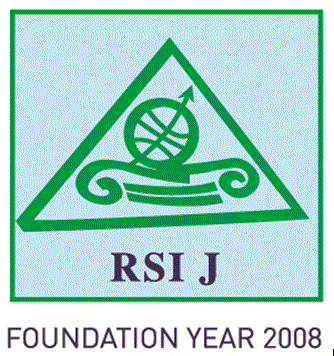Brikena LEKA
Associate Professor, University of Tirana
brikenaleka@feut.edu.al
Etleva BAJRAMI
Associate Professor, University of Tirana
etlevabajrami@feut.edu.al
Gentiana SHARKU
Professor, University of Tirana
gentianasharku@feut.edu.al
Abstract
Family business in Albania, as well as in the other countries, is the oldest dominant form of business. Usually for the small businesses which are part of this study these businesses are managed by family members, and some of family members are engaged in this business. These businesses started to recover in Albania, after the 1990 with the overthrow of communism regime. Although during this system the word “private property” almost completely disappeared from the vocabulary, again its traces remained in the focus of the family business (FB). This study is based on primary data, collected through questionnaires for family businesses. A total of 327 questionnaires are considered, covering micro and small family businesses. The questionnaires are completed by directly interviewing the individual who runs their business. The data are elaborated in SPSS, since the data were mainly of a qualitative nature. The study consists of two statistical analyses. First, Chi- square tests are performed to analyze the significance of the relationship and Second, a regression equation was performed to analyze the main factors that determine the way these businesses are financed. This study finds that the owners with high level of education are more prone to use external source of financing, the “older” businesses will finance the greater part of their activity by their own funds, and as the turnover of the previous year increases, a major part of the profit will be reinvested in the business for short-term and long-term investment.
Keywords: family business, financing, lifetime, education, turnover
JEL classification: D14, G51, M13
pp. 81-91
